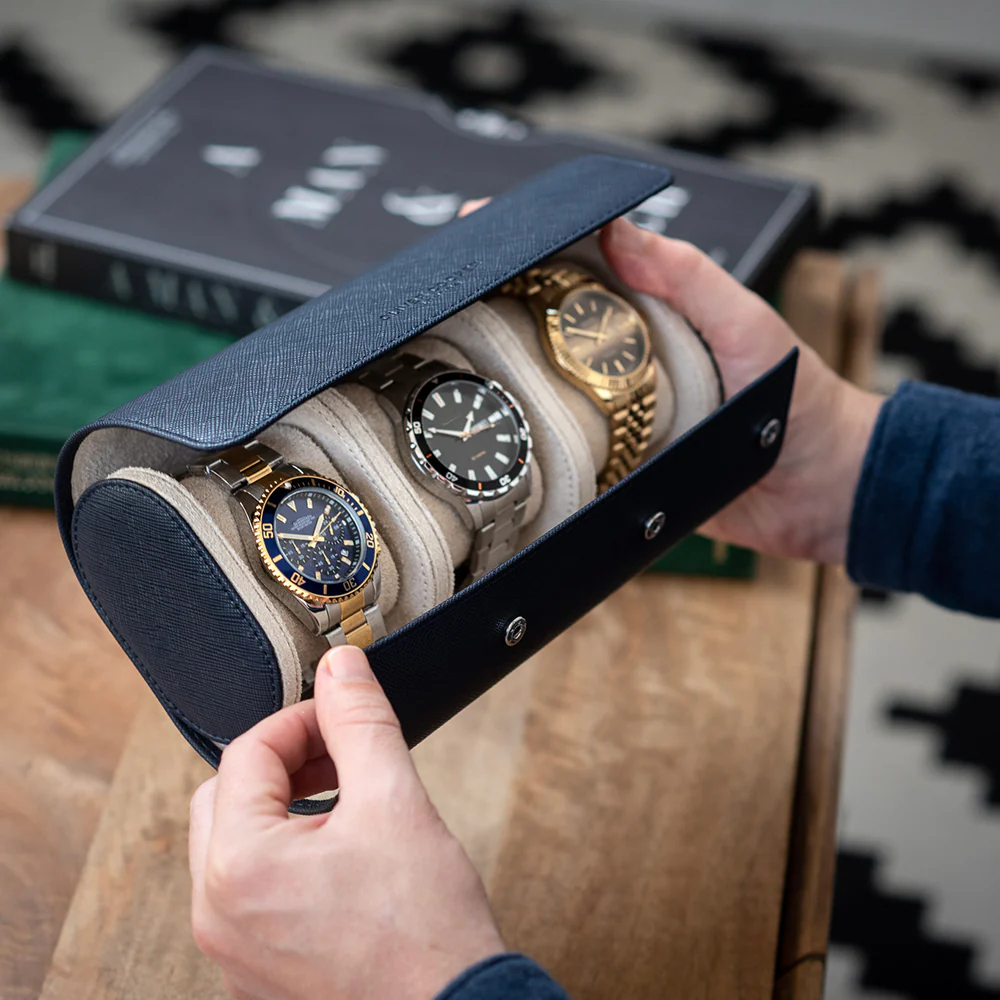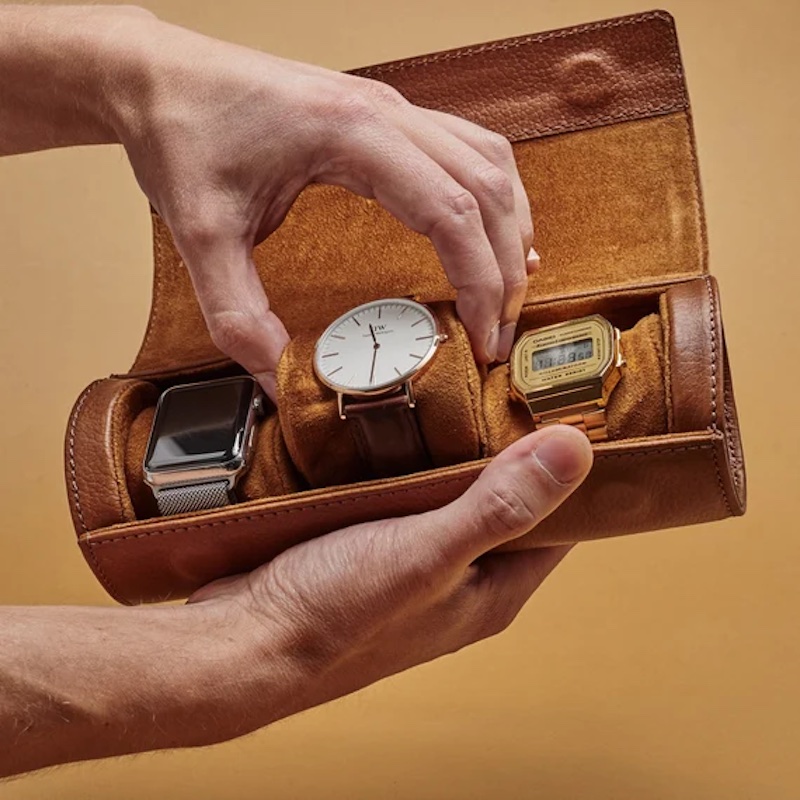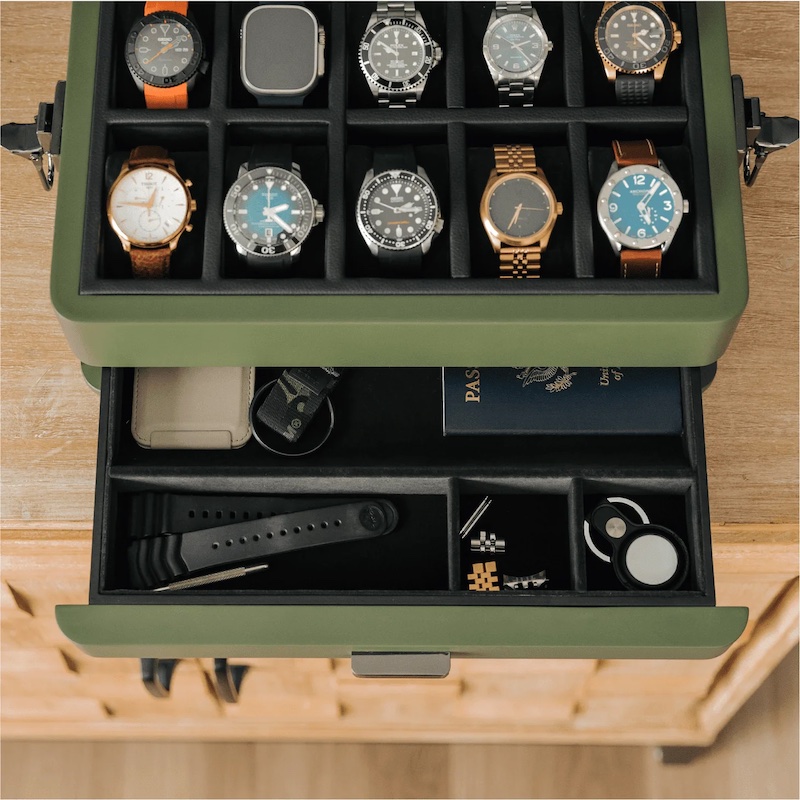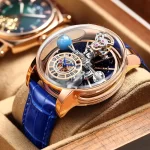Introduction
Watches have been a staple accessory for centuries, serving as both functional time-tellers and stylish fashion statements. While the intricate design and craftsmanship of the watch face and movement often steal the spotlight, the watch case plays a crucial role in protecting the inner mechanisms and adding to the overall aesthetic appeal of the timepiece. In this comprehensive guide, we will delve into the anatomy of the watch case, exploring the different materials, designs, and construction methods that contribute to the durability and beauty of these essential accessories.
Part 1: The Importance of Watch Cases
Level 1: Protecting the Inner Workings
The watch case serves as the protective shell for the delicate movement and components housed within. It shields the inner mechanisms from external elements such as dust, moisture, and impact, ensuring the watch’s accuracy and longevity.
Level 2: Enhancing Aesthetics
In addition to its functional role, the watch case also contributes to the overall aesthetic appeal of the timepiece. The design, shape, and finish of the case can elevate the watch’s style and make a statement about the wearer’s taste and personality.
Part 2: Materials Used in Watch Cases
Level 1: Stainless Steel
Stainless steel is a popular material for watch cases due to its durability, corrosion resistance, and versatility. It can be polished to a high shine or given a brushed finish, offering a range of looks to suit different styles.
Level 2: Precious Metals
Luxury watches often feature cases made from precious metals such as gold, platinum, or titanium. These materials add a touch of opulence and exclusivity to the timepiece, making it a coveted accessory for discerning collectors.
Part 3: Case Construction Methods
Level 1: Monocoque Cases
Monocoque, or one-piece, cases are constructed from a single block of metal, offering a seamless and sleek appearance. This method of construction provides strength and rigidity while minimizing the number of potential weak points in the case.
Level 2: Modular Cases
Modular cases are made up of multiple components that are assembled together to form the final structure. This construction method allows for greater design flexibility and the incorporation of different materials and finishes.
Part 4: Case Shapes and Designs
Level 1: Round Cases
The round case is a timeless and versatile design that suits a wide range of watch styles, from dress watches to sporty chronographs. Its classic silhouette has enduring appeal and is a popular choice for both men’s and women’s watches.
Level 2: Square and Rectangular Cases
Square and rectangular cases offer a more unconventional and contemporary look, adding a sense of individuality and modernity to the watch design. These shapes are often favored by those looking for a unique and eye-catching timepiece.
Part 5: Case Finishes and Surface Treatments
Level 1: Polished Finishes
Polished finishes give the watch case a lustrous and reflective surface, adding a touch of elegance and sophistication to the timepiece. This finish is often seen on dress watches and luxury timepieces.
Level 2: Matte and Brushed Finishes
Matte and brushed finishes offer a more subdued and understated look, with a smooth and non-reflective surface. These finishes are popular for sporty and casual watches, adding a rugged and masculine touch to the design.
Part 6: The Importance of Watch Cases in Watchmaking
Watch cases play a crucial role in the functionality and aesthetics of a timepiece. They are often the first thing people notice about a watch, and they can also determine the durability and water resistance of a watch. The materials used to make watch cases vary, with stainless steel, titanium, and precious metals being the most common. Each material has its own unique properties, and watchmakers carefully select the best material for a particular watch design.
In addition to protecting the delicate internal components of a watch, the case also serves as a canvas for watchmakers to showcase their craftsmanship. Some watch cases feature intricate engraving or gemstone settings, adding another layer of complexity and beauty to the timepiece. It is not uncommon for collectors to be drawn to a watch because of the unique design of its case.
The importance of watch cases extends beyond aesthetics. The case is also responsible for keeping out dust, moisture, and other potentially damaging elements. A well-made case ensures that the delicate gears and springs inside a watch remain in perfect working condition for years to come. This level of protection is especially important for automatic watches, which rely on precise movement to keep accurate time.
Overall, the watch case is an essential component of any timepiece. It serves as a protective barrier, a decorative element, and a testament to the craftsmanship of the watchmaker. Watch enthusiasts and collectors often appreciate the attention to detail and artistry that goes into creating a beautiful and functional watch case.
Part 7: The Evolution of Watch Cases Throughout History
The design and construction of watch cases have evolved significantly over the centuries. Early pocket watches, for example, were not enclosed in a protective case at all, leaving the delicate inner workings vulnerable to damage from dust, moisture, and impact. Over time, watchmakers began to recognize the need for a more durable and protective housing for their timepieces.
In the 16th century, watch cases started to take on a more decorative role. Cases were often made from precious metals and adorned with elaborate engravings and gemstone settings. These extravagant designs were often a reflection of the status and wealth of the watch owner, and they added an element of luxury to the timepiece.
As wristwatches gained popularity in the late 19th and early 20th centuries, the design of watch cases continued to evolve. Early wristwatches were typically smaller and thinner than their pocket watch counterparts, and their cases were often made from durable materials like stainless steel to withstand the rigors of everyday wear.
Today, watch cases come in a wide variety of styles and materials. From classic round cases to avant-garde square and hexagonal designs, there is a watch case to suit every taste. Modern materials like ceramic and carbon fiber have also become popular choices for watch cases, offering a lightweight and durable alternative to traditional metals.
The evolution of watch cases throughout history reflects not only changes in fashion and technology but also the enduring appeal of the timepiece as both a functional and decorative accessory. Watch cases continue to be a canvas for creativity and craftsmanship, and they play a vital role in the overall design and durability of a timepiece.
Part 8: The Future of Watch Cases: Innovation and Technology
The world of watchmaking is constantly evolving, and this includes advancements in watch case design and technology. As watchmakers continue to push the boundaries of creativity and functionality, new materials and manufacturing techniques are being explored to create the next generation of watch cases.
One area of innovation is in the development of high-tech materials for watch cases. Ceramic, carbon fiber, and titanium are becoming increasingly popular for their lightweight and durable properties. These materials are also scratch-resistant and hypoallergenic, making them an ideal choice for those with active lifestyles or sensitive skin. Advances in material science have allowed watchmakers to experiment with new textures and finishes, adding another dimension to the artistry of watch case design.
Another area of focus is in the development of water-resistant watch cases. With more people than ever engaging in water sports and outdoor activities, there is a growing demand for timepieces that can withstand the elements. New sealing and gasket technologies are being developed to ensure that watch cases remain watertight even at extreme depths. In addition, innovative case designs featuring integrated crown guards and screw-down pushers are enhancing the water resistance of watches without compromising on style.
The future of watch cases also includes the integration of smart technology. With the rise of smartwatches, traditional watchmakers are finding ways to incorporate sensors and microelectronics into their timepieces without sacrificing the classic design and craftsmanship that sets them apart. As smartwatch technology continues to improve, watch cases will need to adapt to accommodate the new features and components that come with it.
Conclusion
The watch case is a vital component of any timepiece, serving both functional and aesthetic purposes. From protecting the intricate inner workings to adding to the overall style and design, the case plays a crucial role in the form and function of a watch. By understanding the different materials, construction methods, shapes, and finishes used in watch cases, enthusiasts can gain a deeper appreciation for the craftsmanship and artistry that goes into creating these essential accessories. Whether it’s a classic round case in stainless steel or a modern square case in precious metal, the watch case is an integral part of what makes a timepiece truly special.







